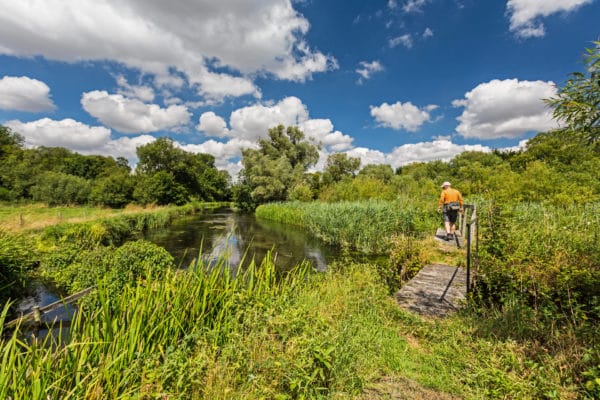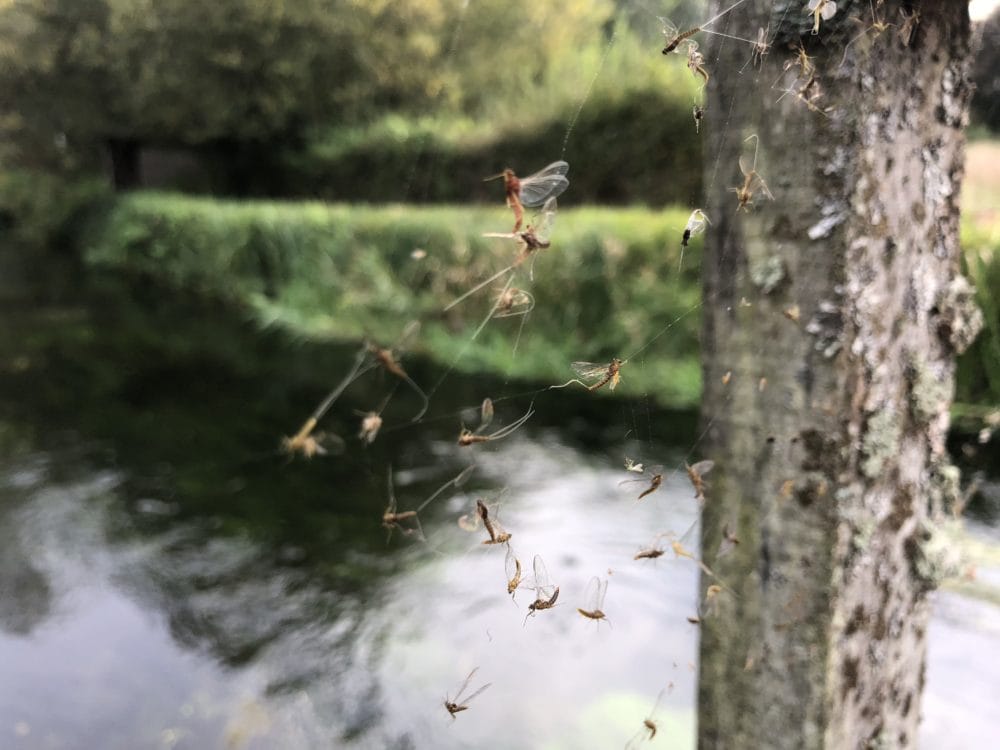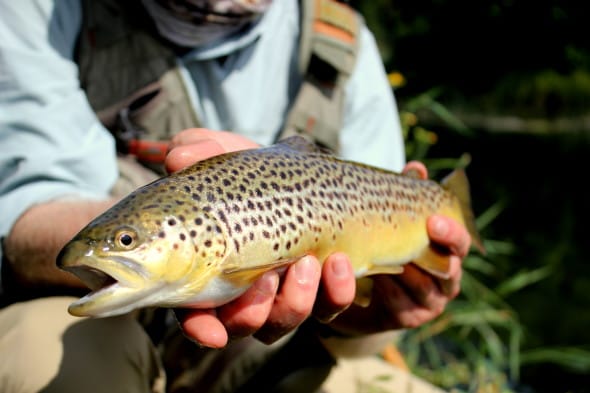As the first scythes begin to shape the spring weed growth on the River Test we are brought the harsh reality that the mayfly fly fishing on the chalkstreams is coming to an end for another season. This may mark the end of a particular moment on our chalk rivers but it does not mark the end of the season, we are about to enter the summer fly fishing time (yes it is raining again!).
Summer fly fishing on the chalkstreams brings new challenges, hatches and ultimately some great fishing too. The fly life changes to reflect the changing weather and we as anglers have to change our approach somewhat.
Summer Fly Hatches
Through the summer months the peak dry fly fishing activity is generally in the mid-mornings and late-afternoon/evenings when the sun is lower and the air temperatures are not soaring. The mornings are reserved for small upwing insects, these hatch in an array of sizes and colours but typically they are olive and roughly size 16 to 18. Despite being small they can interest even the largest trout to take a look at the surface.
Whilst the middle of the day can be hot, this favours terrestrial insects. Daddy long legs, grasshoppers, ants, aphids and beetles all thrive in the summer, and on a day of bright sun and a little bit of wind you often find these insects being blown towards the water. You will generally see fish tucked in near the banks just sipping in these offerings as they trundle down. The fish may be right under the bank you are stood on, so tread carefully.
The evenings are usually the time when everything comes alive. Starting with hatches of midges, the fish will often sit on the edges of sunlight and shadow eating these tiny little black and brown offerings. As the shadows lengthen we see the emergence of caddis flies, these drive the fish wild with their erratic flying close to the surface, often with the smaller fish leaping clean out of the river in pursuit. The day is then brought to a wonderful end as the small upwing flies from the morning dance in the trees and over the meadows before returning to the water to lay their eggs. As they get stuck in the surface they become an easy meal for any suspecting trout.
Sight Fly Fishing with Nymphs
Throughout the chalkstream valleys summer sees subtle changes to fishery rules, the key one is the move from dry fly only to also allowing upstream nymph fishing in addition (make sure you check rules beforehand). Nymph fly fishing can be a dirty phrase to some, but for others it is a wonderfully thrilling skill in its own right.
From the original days of nymph fishing with unweighted flies by GEM Skues, to the development of heavier flies by Frank Sawyer and onto our own modern interpretations; there is a great skill in being able to spot the fish, make the cast and then identify the movement of the fish eating your fly subsurface.
The Return of the Grayling
This coming weekend (16th June) we also welcome the start of the grayling season. Like nymph fishing, for some it carries very little desire, but for others there lies a new challenge – persuading the lady of the stream to take a well presented dry fly or nymph.
These grey-ghost like fish, are often missed as they lurk on gravel patches between weed patches and gently pedal their fins to hold position. They can be identified by their forked tail and large flowing dorsal fin with fiery orange tip. It is possible to bring them to the surface to study a dry fly, but if the pattern is slightly incorrect, they will study it for an age before descending back down to their station.
If you have always wanted to try chalkstream fly fishing, or learn more about dry fly/nymph fishing techniques and entomology why not take a look at our chalkstream master class days here.
If you would like more information about chalkstream fly fishing please contact Alex Jardine or call our office on +44(0)1980 847389.



